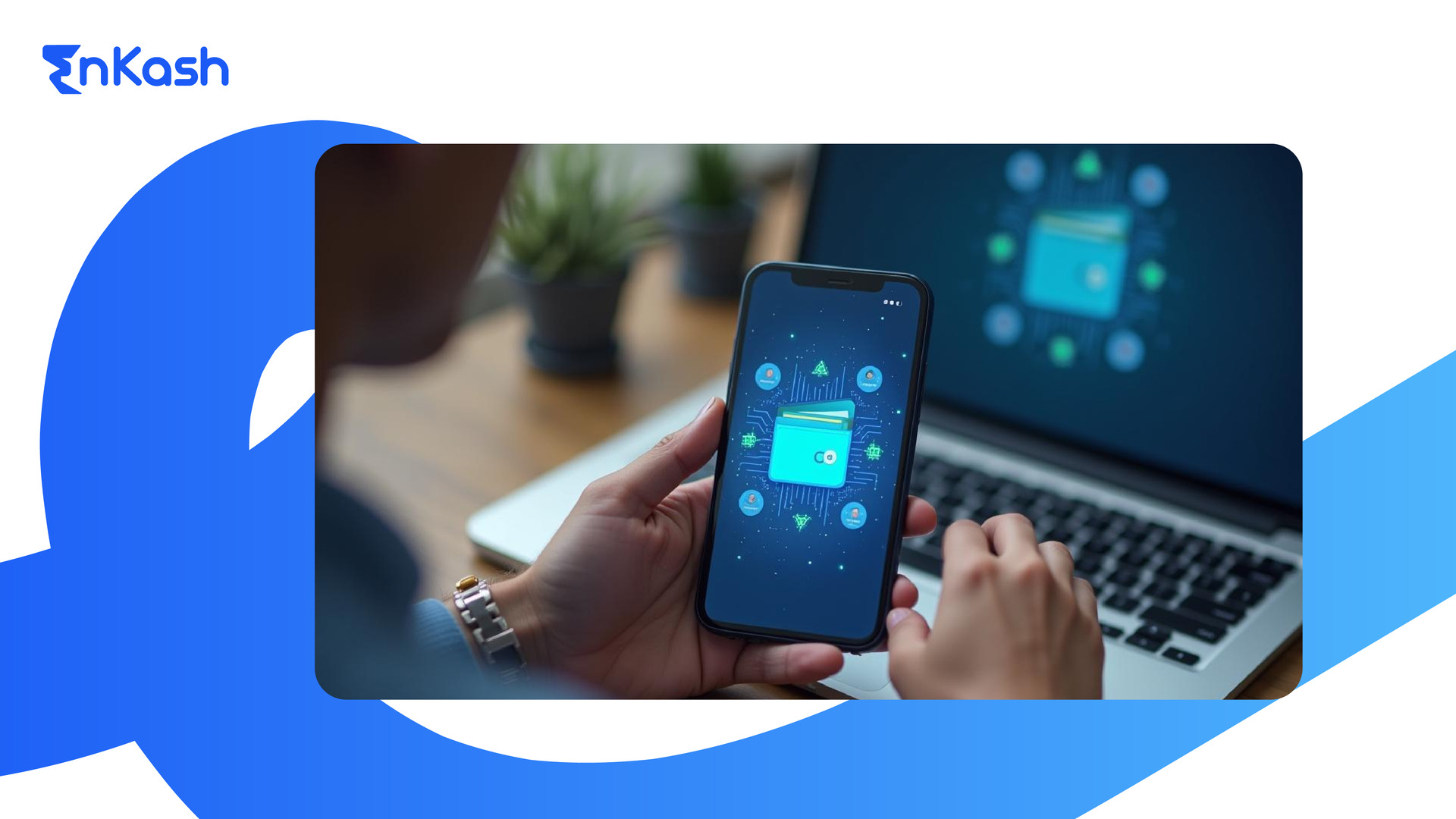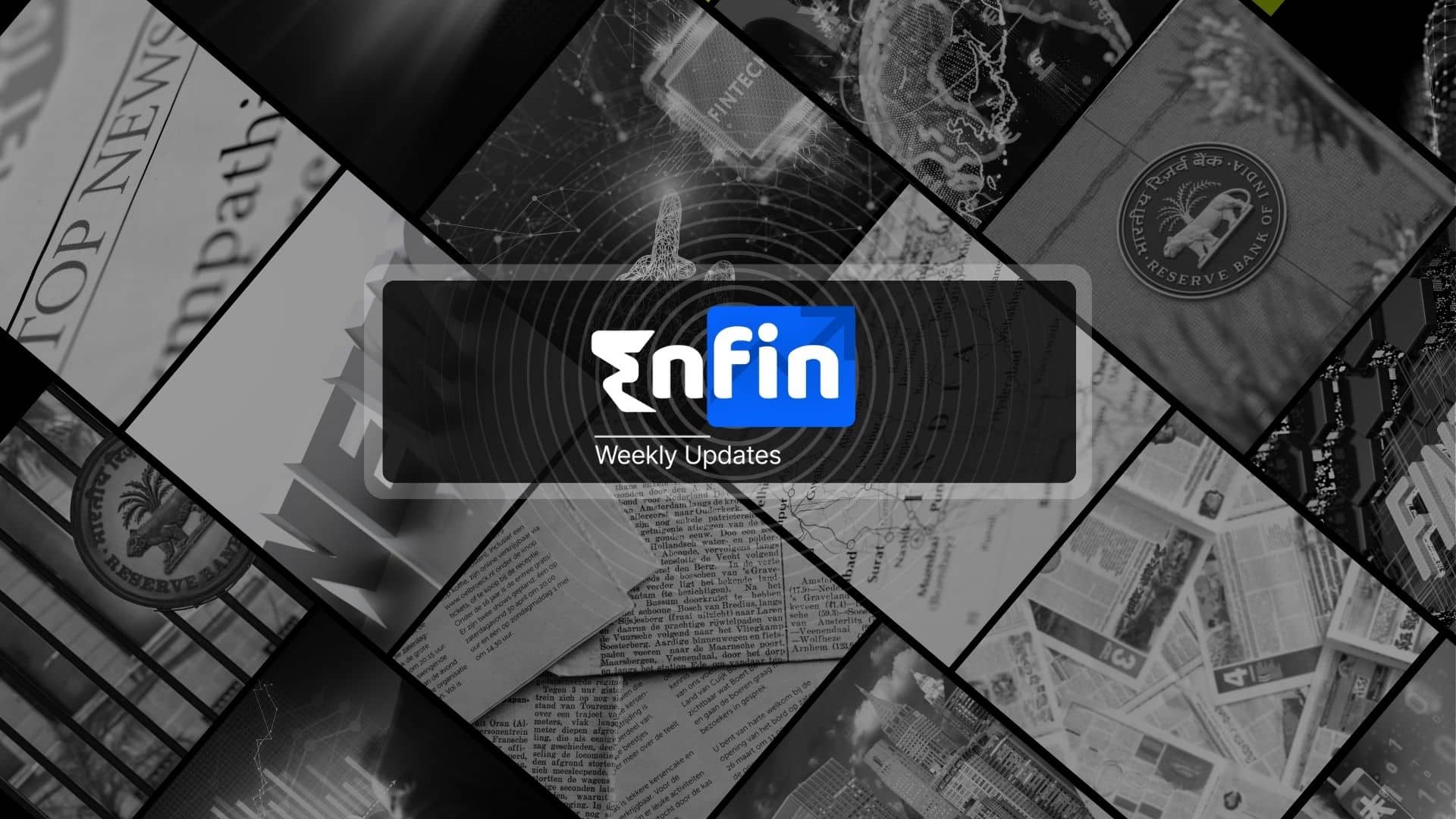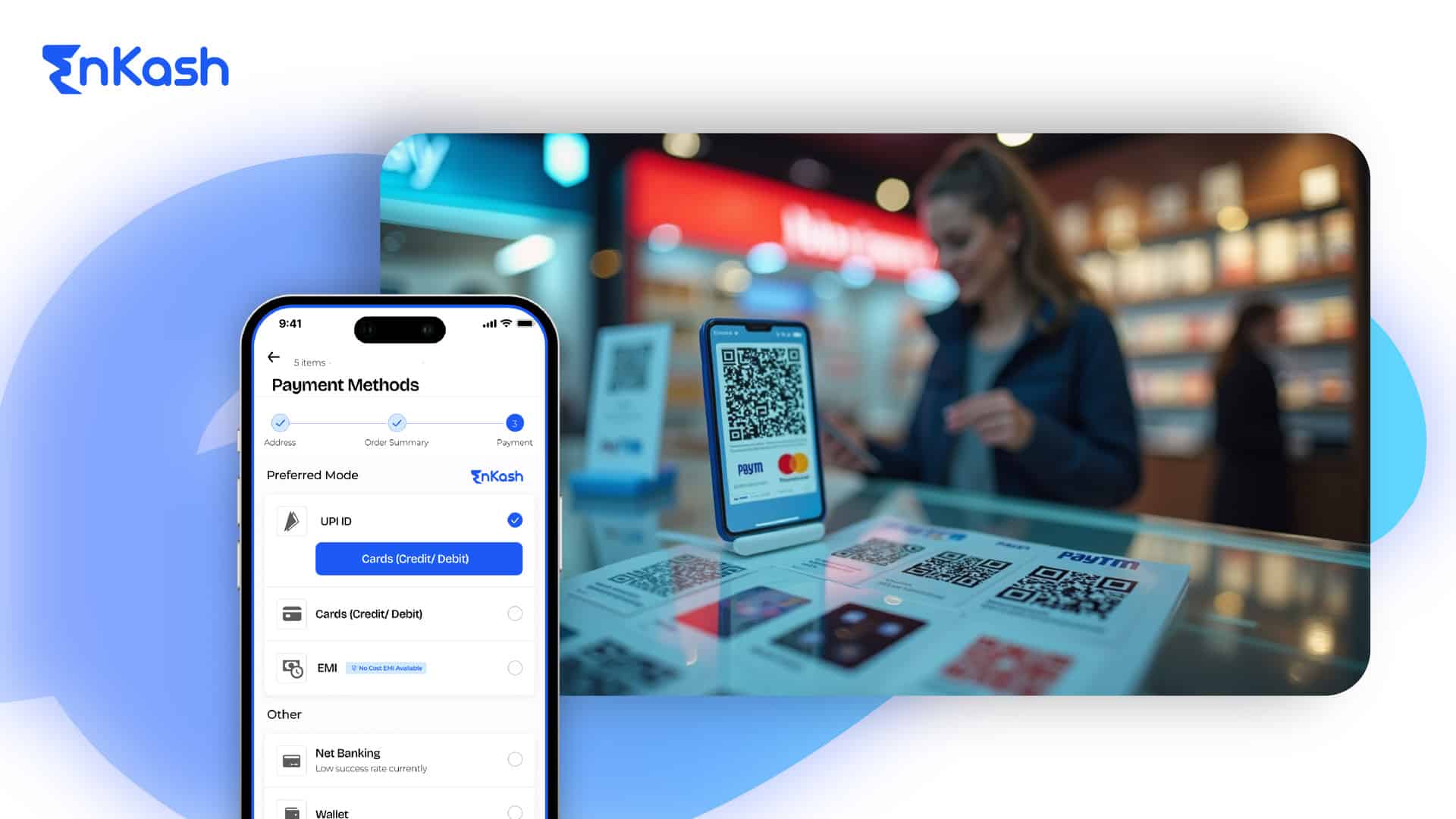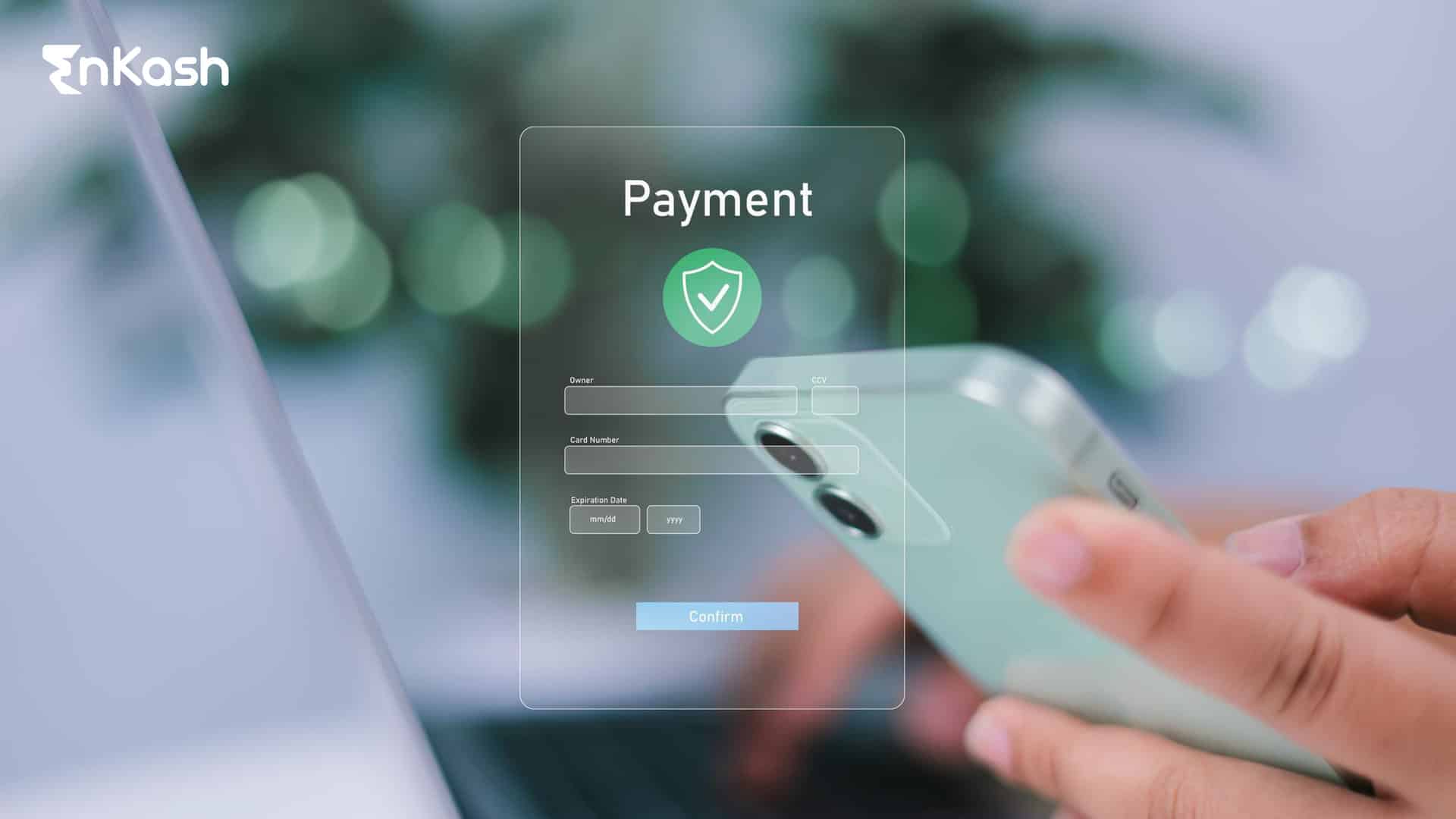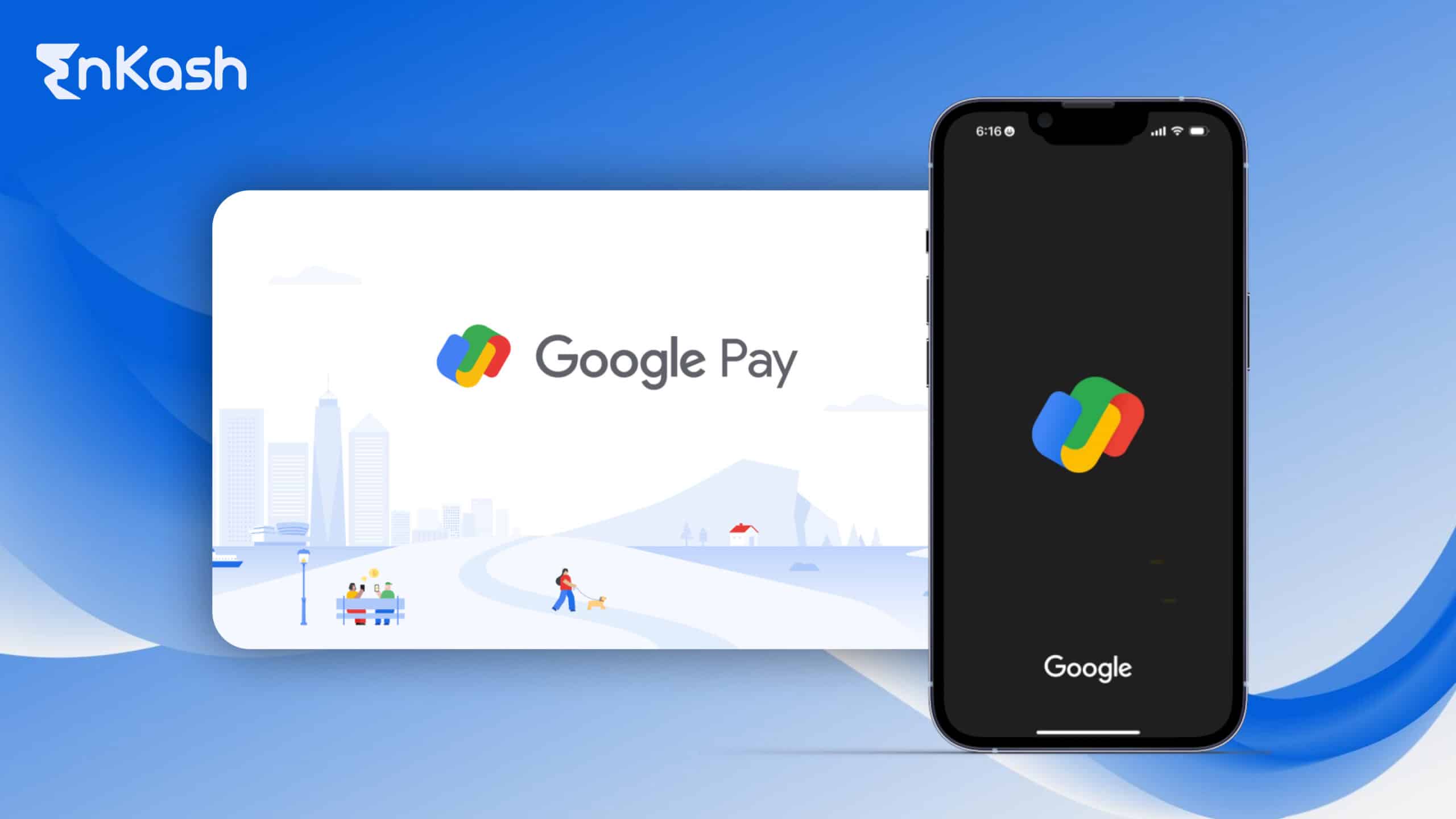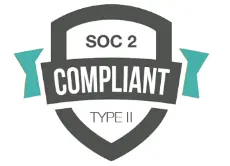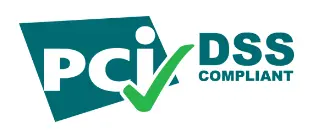In the current era, companies keep looking for ways to streamline operations and offer a better experience to the customer. Payment processing is one of the most significant areas in which this goal is very important. In online businesses, an easy and secure payment process can make a big difference in terms of trust, conversions, and sales. A white-label payment gateway is one such solution that is making tremendous progress because of its customizability, affordability and security.
In this in-depth guide, we will cover what a white-label payment gateway is, its pros and cons, use cases and considerations businesses should keep in mind when choosing the right solution for their business.
What is a White-Label Payment Gateway?
White-label payment gateway — a ready-to-go, pre-packaged payment gateway for online payments offered by businesses under their own brand name. In contrast to legacy payment gateways, sold under the provider’s name, white-label gateways allow companies to integrate payment functions into their website or mobile app while maintaining their brand and design.
In white-label payment gateway, companies offer a frictionless checkout without building a payment system from scratch. It helps organizations take advantage of the advanced technology provided by the gateway provider without losing control of customer experience and branding.
For example, brands can customize the payment page, such as their logo color,and even decide what payment option they want their customers to use. In addition, these gateways can be used with all payment methods like credit/debit cards, bank transfers, digital wallets and crypto, depending on the provider.
Read more: Bills payable
How does a White-Label Payment Gateway Work?
A white-label payment gateway is just like a normal payment gateway but with some customization. For a quick primer on how it works:
Here’s a simplified picture of what a white-label payment gateway is normally like:
- Payment entry by Customer: The process is started when the customer buys products or services on the business website or app and enters the checkout process. Here, the customer inputs their payment info (credit card number, digital wallet login, etc.) on a payment page branded with the company’s logo, colours and fonts. The checkout page is completely customized based on the brand of the company’s website, thus making it effortless to shop and pay.
- Data capture: The white-label gateway encrypts the data once the customer has supplied their payment details. The payment information is protected so that it doesn’t be viewed or transmitted by anyone else. This encryption is very important regarding sensitive customer data like credit card and identity information.
- Transaction Forwarding: Once payment data has been received, the gateway forwards the transaction data to the appropriate payment processor (i.e., financial institution, payment network such as Visa, MasterCard or digital wallet system). A payment processor will choose between transaction and customer account balance or deficit.
- Acceptance/No-Approval: The payment processor reaches out to the customer’s bank or card provider to make sure that the customer is credit- or cash-sufficient to process the transaction. The bank might also scan for fraud or security issues. If the transaction is all good, the bank funds the payment. Otherwise, the order will be cancelled, and the customer will be notified.
- Response Showing: White-label gateway sees if the customer has an approval/denial from the payment processor and sends the correct message to the customer. If the payment goes through, a confirmation popup will appear, and the customer will normally be taken to a success page. If the payment is declined, the error is reported, and the customer can be asked to re-pay using another payment option.
-
Transfer of Funds: Once the transaction is approved, the money is deposited from the customer’s bank account/payment method into the business’s merchant account. That can be a settlement by the payment processor, sending the funds between the consumer’s and the company’s banks.
Read more: Account receivable process
- Transaction Confirmation: The white-label payment gateway finally tells the company that the transaction was processed. This confirmation comes with a transaction ID, which can be recorded, accounting, and traced. The business can then fill orders or provide service, and the customer will be emailed a receipt or confirmation email.
The Advantages of a White-Label Payment Gateway
White-label payment gateways have a number of big benefits for companies of all types and measures. This is what makes them very convenient for businesses that want to automate payments, build brand loyalty and deliver superior customer service.
-
Enhances Brand Identity
Among the biggest advantages of a white-label payment gateway is that enterprises can have a consistent brand presence while paying. Customers aren’t being pushed to third-party payment websites but paid on a page that is the business’s brand, from logos and colours to fonts and pictures. This increases customer trust and retention because the user is safer staying in the brand’s environment.
-
Cost-Effective Solution
Building your own payment processor solution can be expensive and cumbersome. Organizations need to pay for software, security, maintenance and compliance. In contrast, white-label payment gateways offer a pre-built, customizable platform that can be added to a business’s site or application without them having to build the technology themselves. So, it is more cost-effective for enterprises (small and medium enterprises (SMEs) with low budgets).
-
Quick and Easy Integration
White-label payment gateways are APIs, SDKs and no-code solutions that can be plugged into your systems. The integration is quick, and companies can get up and running in no time. This also means no more development cycles for developing a custom payment system, so your business can start scaling quickly.
-
Scalability and Flexibility
Payment processing requires change as companies expand. White-label payment gateways adapt as businesses expand, processing more transactions and accepting new types of payments as needed. The gateway can grow as the company grows into new regions, products, or more ways of paying.
Read more: Spend analysis
-
Improved Security
For every organization that does online business, security matters a great deal. The white-label payment gateways have built in PCI-DSS security and fraud prevention tools. By using a trusted white-label provider, businesses will get their payment platform certified to the highest level of security and be less exposed to breaches and fraud.
-
Enhanced User Experience
White-label payment gateways give businesses full autonomy over the look and feel of the checkout page and how they would optimize it for ease of payment. These gateways also accept various payment types and give customers various payment options to complete their transactions conveniently.
-
24/7 Support and Monitoring
The majority of white-label payment gateway vendors have 24/7 customer support that will assist organizations in fixing any problems they may encounter during transactions. This is so that the businesses can continue their operations even if they have customers in different time zones.
Use Cases for White-Label Payment Gateways
White-label payment gateways are being used by companies from all industries. They are adaptable and customizable, so they are a great fit for almost any business, from e-commerce platforms to subscription-based businesses. Here are a few examples of cases where you can use a white-label payment gateway in your business.
- E-Commerce Stores
From small online stores to marketplaces, online retailers want a secure and seamless payment gateway so their customers have a seamless checkout process. A white-label payment gateway enables these companies to offer a custom payment flow on their site, which in turn builds trust and lowers cart abandonment rates. It also works with different payment options like credit/debit cards, digital wallets, and UPI so that customers can finish their purchases easily.
- Subscription-Based Services (SaaS, Memberships, etc.)
For subscription-based products or services like Software-as-a-Service (SaaS) solutions or membership-based businesses, white-label payment gateways simplify managing recurring payments. These companies can also personalize invoices, automate billing, and manage subscriptions better.
- Online Marketplaces
Buyer/Seller marketplaces (think travel, real estate, or products) will benefit a lot from white-label payment gateways. They need a secure and fast solution for buying and selling, from escrow services to payments and commissions.
- Mobile Apps
A white-label payment gateway can also be added to mobile apps by mobile app developers. This is the solution to provide in-app purchases, subscription management, and payment processing without linking users to third-party platforms. White-label payment gateways ensure safe, frictionless transactions that keep consumers occupied and content, whether it’s a gaming app, a fitness app, or an online content platform.
- Digital Wallets and Peer-to-Peer (P2P) Transfers
Apps that take payments on the go and peer-to-peer payment services such as Venmo, Google Pay, Paytm, etc, can also take advantage of white-label solutions to further the payment journey. These can offer users a branded, frictionless way to send and receive funds. White-label payment gateways enable these apps to take payments safely and effectively while giving users the freedom to handle their money.
Read more: Cost control
Important Things to Keep in Mind While Choosing a White-Label Payment Gateway
There are some things you should look for when shopping for white-label payment gateway provider to make sure it fits your business. You can have a direct impact on your customers, security and business with the right gateway. Here are some of the things to look out for while choosing the best white-label payment gateway for your business:
Customization and Branding
It is one of the main advantages of a white-label payment gateway. Choose a provider that gives you full flexibility to customize the checkout page. This includes being able to include your logo, colour and fonts so the payment page is representative of your company. If your branding is infused into the process of payments, customers will trust it more, providing a uniform user experience.
Security and Compliance
You want online payments to be secure. Select a provider that adheres to industry standards in terms of security (PCI-DSS, encryption, fraud detection). These security features ensure customer data are secured, and transactions are made securely. Also, make sure to keep up with local regulations (e.g., GDPR for customers in Europe) to avoid legal issues and penalties.
Integration Capabilities
A white-label payment gateway should be in sync with your business systems. The gateway must connect with your back-end systems, such as your accounting, CRM, or inventory, if you’re an e-commerce store, mobile app, or subscription company. This integration makes it fast and errors free.
- Payment Methods and Flexibility
Your clients probably have many choices when it comes to payments. The more payment options you have, the more convenient your customers can pay; therefore, you can make more sales.
- Transaction Fees and Pricing
Transaction fees are also an important aspect of a white-label payment gateway. You may need to compare the fees and compare prices between providers because their pricing is different. Also, look for upfront pricing which will cover everything that could cost you like set up fees, transaction charges, and monthly support charges. It is easy to go for the lowest price, but remember to weigh the features, security, and support.
Scalability and Performance
Your payment gateway should be able to scale as your business develops and continue processing more transactions without performance issues. Make sure that the vendor has a solution that grows with your company.
Customer Support and Service
Customer support is vital for any business if they are having problems regarding payment. The support should always be around to resolve any immediate problems ideally.
- Reputation and Track Record
The credibility of the white-label payment gateway company tells you a sense of the reliability of the services. Read testimonials, reviews, and case studies from the companies that work with you.With a provider who has already a history of secure, trustworthy, and instant payments will leave you with the peace of mind that your payments are safe.
Conclusion
Through a white-label payment gateway, companies can deliver secure, easy, branded payment to customers.
You can use a white-label payment gateway to automate your payments for your e-commerce, SaaS or mobile application so that you can get back to building your business. At the same time, your customers have an effortless and secure payment process.
Read more: Non operating expense
FAQs
What about the cost of a white-label payment gateway?
The cost of a white-label payment gateway varies according to the provider, level of customization, and feature set. Some offer setup for free or low price, and some have a one time setup charge.
Can I pay for recurring subscriptions or payments with a white-label payment gateway?
It’s true most white-label payment gateways accept recurring payments, so it’s the perfect fit for subscription-based businesses. You can use these gateways to automate billing period subscriptions, and make payments easily for customers who are repurchasing services or products.
How do white-label payment gateways process refunds/chargebacks?
The white-label gateways often have refund and chargeback processing tools. This step is linked to the business dashboard and makes it simple to monitor and track dispute transactions. You may also get help from the provider in the resolution of chargebacks based on their guidelines.
Are there geographic limitations with white-label payment gateways?
Some white-label payment gateways can be country-limited or non-expandable, depending on the countries they accept and the currencies they support. If you want to go global, you need to make sure the gateway accepts international payments and your target market countries.
How do I ensure my white-label payment gateway is PCI DSS compliant?
Make sure that your white-label payment gateway provider is PCI DSS, i.e. Payment Card Industry Data Security Standard certified (for card payments). The service provider should be able to provide certificates of compliance and regularly renew security systems to industry standards.
Can the white-label payment gateway process online or in-store payments?
Most white-label payment gateways are built for internet payment. However, some providers also have point-of-sale (POS) systems that can be coupled with stores so companies can handle online and offline payments under one roof.
What is the type of technical support for a white-label payment gateway?
Almost all white-label payment gateway providers have technical support to assist businesses with integration, troubleshooting, and maintenance. The most common support is live chat, email, and phone, and some providers are even available 24/7. Ensure you confirm their support and speed of service before deciding on a provider.
If I don’t like the white-label payment gateway, can I switch providers?
Changing payment gateway providers is possible, but it can be a cumbersome transition, with transaction history transfer, integration point revisions, and rebranding. Long-term compatibility should be taken into account prior to making a decision, and exit or migration should be discussed with the provider.







